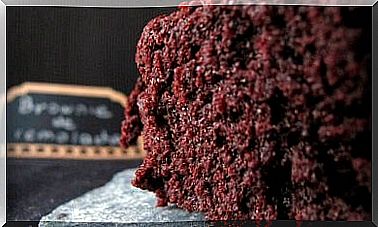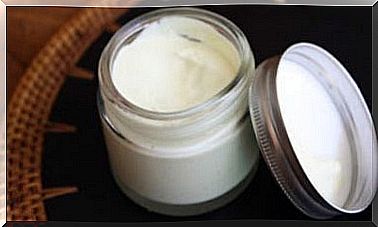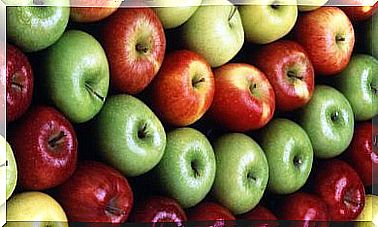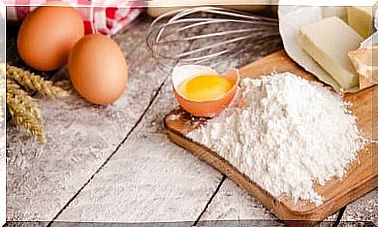How To Prepare Milk, Flour And Coconut Oil At Home
Coconut is a delicious fruit that for years has been used around the world for its versatility in gastronomy. But also for its incredible properties for the body.
This time we want to share three of the most common derivatives that can be made with the fruit: milk, flour and oil. Do not miss them!
A big fruit
In tropical countries, where it is grown in greater quantities, they tend to use each of its components for food, medicine and crafts. Therefore, it is a very complete fruit.
Today its nutritional virtues are already known. It has been determined that both its water and its pulp have antioxidant, antibacterial and antiparasitic properties that, when ingested within a balanced diet, can help us improve our health.
Coconut milk
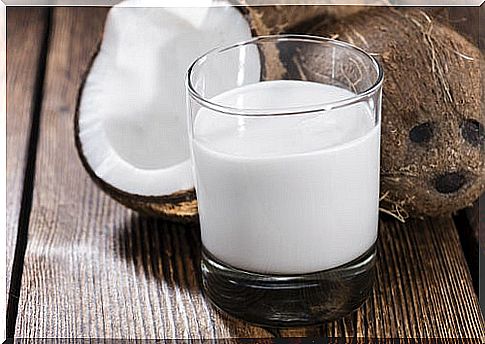
Coconut milk is a thick drink that can be used in many recipes. Due to its texture, many consider it a good substitute for heavy cream , as it does not contain cholesterol and is lower in calories, as shown by various studies.
Ingredients
- 350 grams of chopped or grated coconut
- 3 cups of boiling water (750 ml)
- 3 cups of water at room temperature (750 ml)
Preparation
- To start, put the grated coconut and the boiling water in the blender.
- Let them rest for a couple of minutes and process.
- Add the water at room temperature and continue blending so that the pulp dissolves well.
- Then strain the milk using a linen or cotton cloth.
- You can use it immediately, but if you let it sit for 48 hours in the refrigerator, the fat will separate from the water and you can remove it with a slotted spoon to make whipped cream or another recipe.
Coconut flour
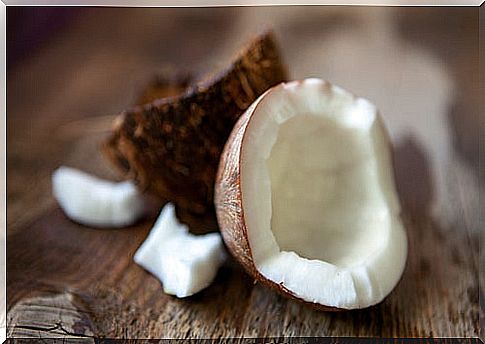
One of the most interesting things about coconut flour is that it does not contain gluten, making it suitable for coeliacs. It is very useful in the preparation of various recipes and the best thing is that some studies show that it contains natural fiber that helps improve digestion .
Ingredients
- 1 grated coconut
- 1 liter of hot water
Preparation
- To start, soak the coconut in the water until it cools to room temperature.
- Put the water with the pulp in the blender and process everything until you get a smooth mixture.
- Then strain the mixture to separate the pulp from the milk (you can use the leftovers from the previous recipe).
- Cover a baking sheet with wax paper and spread out any remaining pulp.
- Bake the pulp at 200ºC for about 20 minutes or until it is dry enough.
- When it’s ready, it can be ground again to make it finer.
Coconut oil
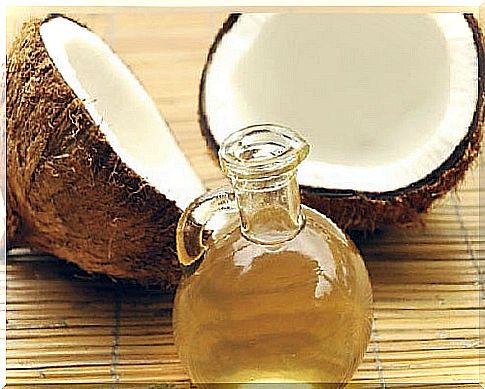
Coconut oil is one of the most widely used derivatives of this wonderful fruit. It has antioxidant and emollient properties that can be used for skin health, as well as beauty.
Ingredients
- 3 cups of coconut water (750 ml)
- 2 chopped coconuts
Preparation
- The oil is made from coconut milk, so you’ll need to extract that milk first. Here we take a short pause to clarify that said milk is not the same as the one we taught in the previous recipe.
- In this case, you will have to grate the fresh pulp and then wrap it in a thin cotton cloth to squeeze out as much milk as possible.
- After obtaining the milk from the pulp, add the coconut water to the residue on the fabric and wait a few minutes for it to absorb well. Squeeze again.
- Then, when the milk is ready, you can proceed to prepare its oil.
- Put the liquid in a pan and bring it to a simmer, stirring constantly with a wooden spoon.
- Afterwards, the heat will cause the water to evaporate and little by little the oil will begin to show.
- When the milk proteins separate from the oil, you will have to filter it through a strainer.
- After 3-4 hours in the refrigerator the oil will solidify.
- Finally, to keep it longer you can add a few drops of vitamin E oil.
Prepare them at home! Although all these products are already being distributed under various commercial brands, you can make them 100% naturally. It is very easy and you can be sure that they do not have any type of chemical additive.


